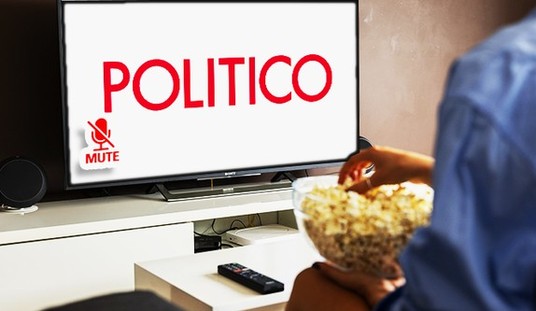Many of us in the Tea Party have focused intensely on the cost of big government to the federal budget. Undoubtedly, this cost will be born directly by future taxpayers in the form of more taxes, higher interest payments on debt, and less economic growth. While we must continue hammering home this point, we must also understand that many Americans still fail to connect the dots between government spending and their own well-being. They still fail to realize how more government spending affects their lives.
What we need to focus on in the coming months is the cost of big government to the broader economy in the form of less jobs, lower income, and more expensive products and services. As an example, I like to point out that although the EPA only costs us about $8 billion in operational costs, the regulations that are promulgated by this agency cost the economy untold hundreds of billions per year. Hence, while advocating for less spending in general we must punctuate that message with specific proposals to reduce the burden of large government in a way that will resonate with the public.
The Competitive Enterprise Institute amplified this point when they published their annual report, Ten Thousand Commandments, which unpacks the size, scope, and cost of the federal regulatory behemoth. Here are some of the key takeaways:
- Total costs for Americans to comply with federal regulations reached $1.806 trillion in 2012. For the first time, this amounts to more than half of total federal spending. It is more than the GDPs of Canada or Mexico. […]
- Regulatory costs amount to $14,678 per family – 23 percent of the average household income of $63,685 and 30 percent of the expenditure budget of $49,705 and more than receipts from corporate and personal income taxes combined.
- Combined with $3.53 trillion in federal spending, Washington’s share of the economy now reaches 34.4 percent. […]
- The five most active rule-producing agencies—the Departments of the Treasury, Commerce, the Interior, Agriculture, and Transportation—account for1,730 rules, or 43 percent of all rules in the Unified Agenda pipeline.
- The Environmental Protection Agency (EPA), formerly consistently in the top five, is now sixth, but adding its 223rules brings the total from the top six rule making agencies to 1,953 rules, or48 percent of all federal rules.
- Finalized EPA regulations were up by 44percent in Obama’s first term.
Later on in the report, CEI estimates that the total cost of environmental regulations is $353 billion per year. If Americans would only know the hidden costs of government in their day-to-day lives, they would all rise up against statism. While over 40% of Americans don’t have a positive federal income tax liability, most of them pay the regulatory tax. In fact, the higher cost of basic goods and services represents the most pernicious and regressive tax of all. Sadly, the regulatory state is imposed too surreptitiously to penetrate the thick skulls of low-information voters.
We’ve come to a point in the regulatory state where we can confidently say there is no need for any new regulations. Much like the tax issue, we are so far beyond the realm of a prudent level of regulatory fiat that we need to institute a ‘no new regulations’ policy. Any new regulation must be offset by a Paygo-style elimination of an old regulation. It must also contain a sunset provision.
Every Republican consultant is now giving advice on how to revive the languishing GOP. Some are pushing amnesty, others are pushing gay marriage, and still others are trying to resurrect compassionate conservatism. But we all know that the best strategy is one that effectively communicates to the American people how big government diminishes their quality of life. The regulatory state is a great place to start.
Cross-posted from The Madison Project













Join the conversation as a VIP Member